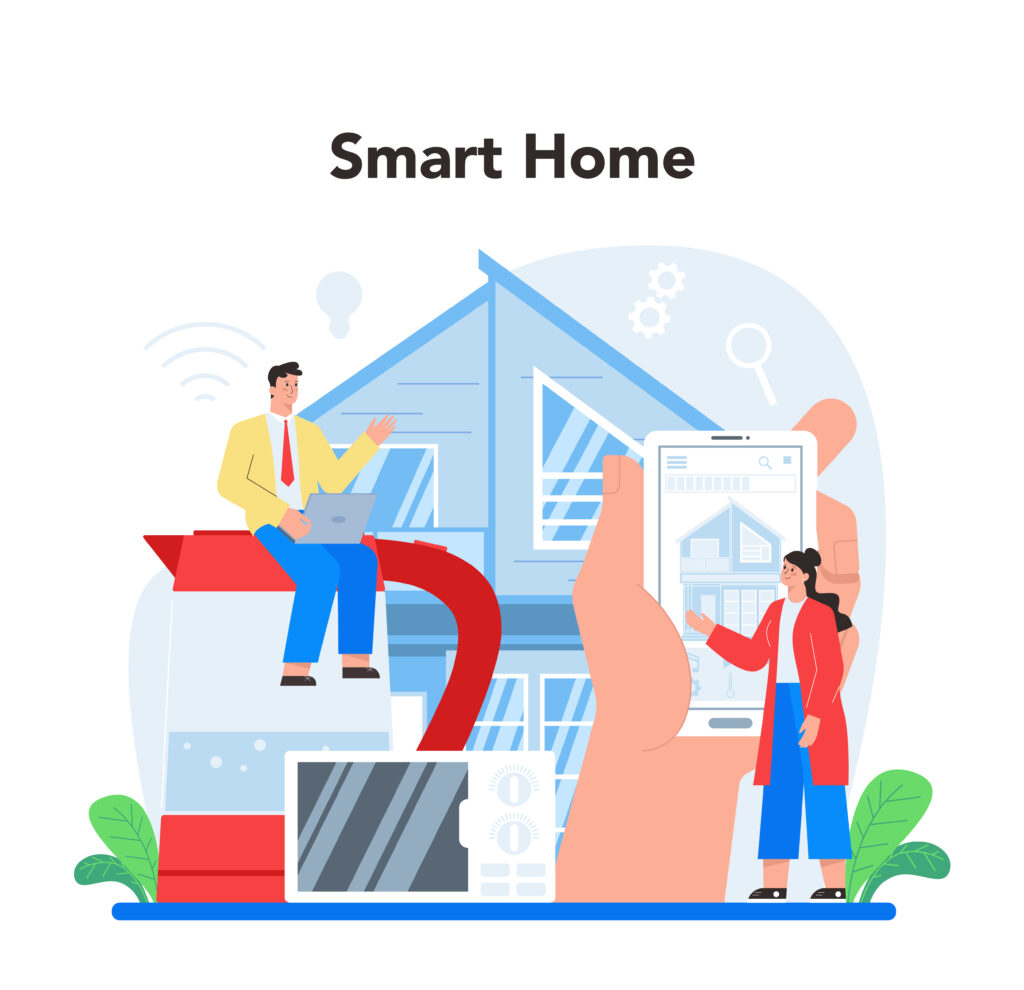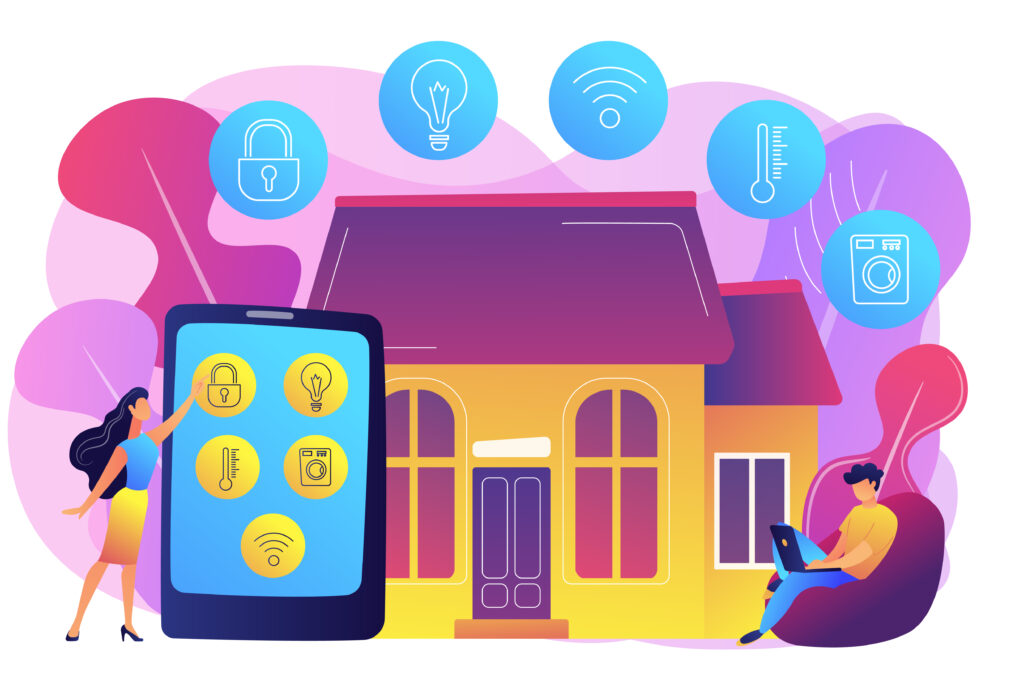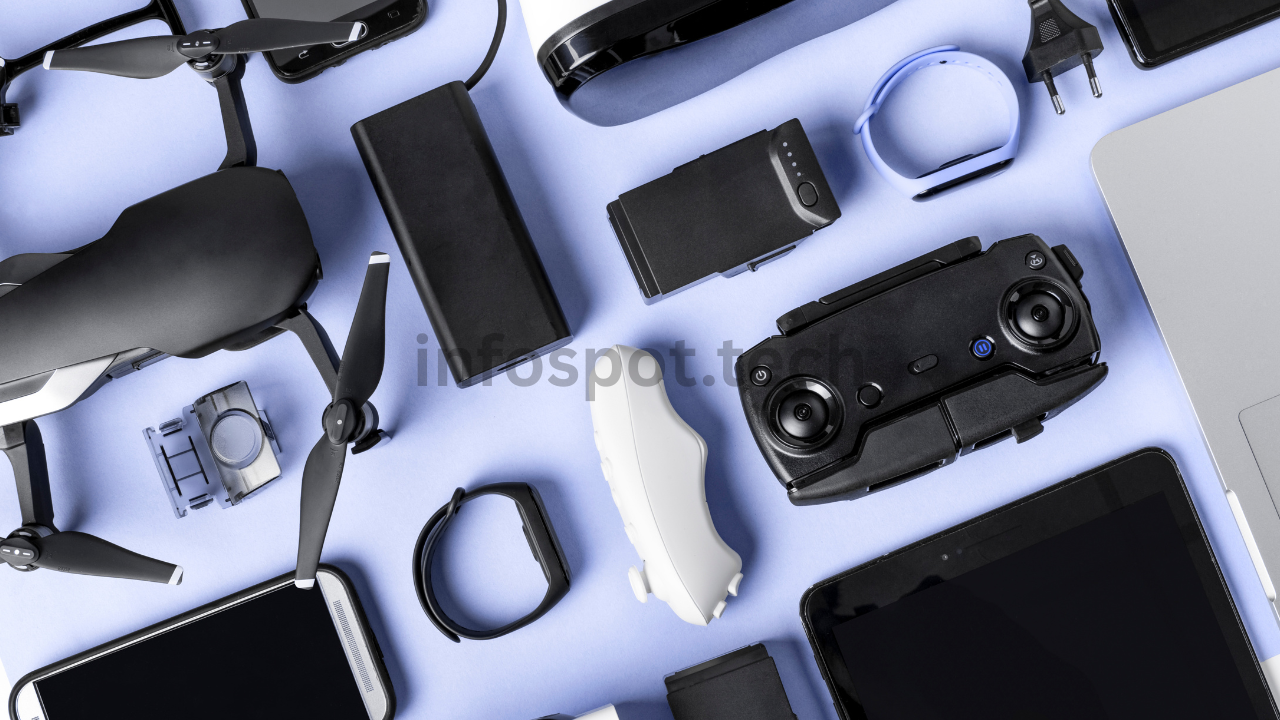What Is Smart Home Installation?
Smart home installation is the process of integrating internet-connected devices into your living space to automate and control various household functions. These devices allow you to manage lighting, climate, security, entertainment, and appliances using your smartphone, tablet, or voice assistant. The goal is to create a home that is safer, more energy-efficient, and convenient.
The installation process can range from simple plug-and-play devices to full-home automation systems with professional configuration. Regardless of the scale, smart home technology is becoming more accessible and essential in today’s tech-driven world.

Why Are Smart Homes Becoming Popular?
Smart homes are quickly becoming a must-have due to the lifestyle improvements they offer. From increased control to better safety, homeowners across the globe are choosing innovative solutions to upgrade their living spaces.
One of the most significant advantages is convenience. Imagine controlling your entire home using your voice or a mobile app, even when you’re miles away. That’s the level of flexibility a smart home offers. Security is another major factor. Real-time surveillance, motion detection, and smart locks give homeowners peace of mind and instant access to their property status.
Smart home technology also contributes to energy efficiency. Devices like smart thermostats and energy monitors help users reduce power consumption, saving money on utility bills. Lastly, smart homes can increase property value, making them a wise long-term investment.
Most Popular Smart Home Devices
Here are some of the most commonly used smart home devices:
- Bright Lighting: Control brightness, set schedules, or adjust colours using your phone or voice.
- Smart thermostats adapt to your temperature habits, automatically regulating climate settings to enhance comfort while reducing energy consumption.
- Smart Security Systems: Include video doorbells, motion sensors, smart locks, and surveillance cameras for complete protection.
- Voice Assistants: Devices like Amazon Alexa, Google Assistant, and Apple Siri allow hands-free control of your smart devices.
- Smart plugs allow you to control appliances remotely and track their energy consumption for better efficiency.
- Smart Appliances: Refrigerators, ovens, and washing machines with innovative features offer convenience and automation.
These devices form the foundation of a smart home and can be scaled up based on your preferences and budget.
How to Plan and Install a Smart Home System
When setting up a smart home, your first move should be to identify your key goals and priorities. Are you focused on energy efficiency, home security, convenience, or all of the above? Based on this, you can choose suitable devices and an ecosystem like Google Home, Amazon Alexa, or Apple HomeKit to serve as your central hub.
Once you’ve chosen your ecosystem, check the compatibility of all devices to ensure they work well together. Begin the installation process gradually, starting with essential areas like lighting or climate control. Almost all modern devices offer easy-to-use applications that walk you step by step through the entire setup process.
After installation, configure automation routines. For instance, you can create a morning routine that opens blinds, starts the coffee machine, and adjusts the room temperature automatically. Likewise, a night mode can turn off lights, lock doors, and arm the security system with a single command.
Finally, ensure that your Wi-Fi connection is both reliable and fully secured. A smart home relies heavily on connectivity so that poor signal strength can lead to performance issues. Use Wi-Fi range extenders or mesh networks if needed. Also, constantly update device firmware and change default passwords to prevent unauthorised access.

DIY vs Professional Smart Home Installation
Choosing between a DIY installation and hiring a professional depends on your comfort level with technology, the size of your home, and your budget. Many modern smart devices are designed for easy self-installation. If you enjoy tech projects and want more control over customisation, the DIY route may suit you best.
However, complex systems or full-home automation setups are often better handled by professionals. They can ensure seamless integration, optimal placement, and troubleshoot issues that may arise during setup. While this option adds cost, it saves time and provides peace of mind that everything is done right the first time.
Common Smart Home Installation Mistakes to Avoid
Many users make critical mistakes during smart home installation that can lead to frustration or security issues. Here are some to watch out for:
- Using incompatible devices: Not all devices work with every ecosystem. Always verify compatibility before purchasing.
- Poor Wi-Fi coverage: Smart devices rely on internet connectivity. Weak signals can reduce performance.
- Skipping network security: Failing to change default passwords or ignore updates makes your system vulnerable to cyber threats.
- Overloading your system early: Start with a few devices and gradually expand. Installing everything at once can be overwhelming.
- No backup controls: Always ensure you have manual access to essential systems in case of power or network failure.
By steering clear of these errors, you can enjoy a hassle-free setup and a more dependable smart home experience.
Benefits of Installing a Smart Home System
Smart home installation brings both immediate and long-term benefits that make it a valuable upgrade. The convenience of controlling your home from anywhere using your voice or smartphone can simplify daily routines. Whether it’s turning off the lights from bed or adjusting the thermostat before arriving home, these small changes create a more comfortable lifestyle.
Security is enhanced through features like remote surveillance, automated lighting when you’re away, and smart locks that let you monitor and control access in real-time. These systems not only help discourage potential intruders but also provide valuable evidence in the event of suspicious activity.
Energy efficiency is another significant advantage. Smart thermostats and lights adjust based on usage patterns, which helps lower electricity bills. With time, the cost savings can gradually balance out the upfront investment in smart home devices.
Accessibility also improves, especially for older people or people with disabilities. Voice commands allow them to operate lights, TV, fans, and even doors without needing physical assistance. This feature can promote independent living and enhance quality of life.
Additionally, smart home features increase the appeal and value of a property. Homebuyers are increasingly looking for homes with integrated technology, and having these systems installed can give you an edge in the real estate market.

Future Trends in Smart Home Technology
Smart home technology continues to evolve. In the coming years, homes are expected to become even more intelligent. Devices will not only respond to commands but will learn user habits and act automatically. For example, your home might automatically dim the lights and lower the thermostat at bedtime without being asked.
Integration with health tracking devices may allow smart homes to monitor well-being. Imagine a home that detects irregular heartbeats or movement patterns and notifies emergency contacts. Environmental sensors will also play a bigger role by adjusting air quality, humidity, and lighting based on real-time conditions.
Advances in AI and machine learning will enable more intelligent decision-making, while 5G connectivity will further enhance device speed and responsiveness. As technology becomes more intuitive, the smart home of the future will likely require even less user input while delivering more value than ever before.
Conclusion
Smart home installation is more than a trend — it’s a forward-thinking step toward enhanced living. Whether it’s convenience, security, energy efficiency, or improved accessibility, the advantages are clear and impactful. Whether you’re starting small with a few devices or aiming for full automation, a smart home can drastically improve your quality of life.
By planning carefully, choosing the right ecosystem, avoiding common mistakes, and securing your network, you can create a reliable, future-ready living space. As technology advances, your smart home will continue to adapt, making your life easier, safer, and more connected.
Also Read: Ziimp .com Tech: The Future of Smart Technology Innovation




One thought on “Smart Home Installation: The Ultimate Guide to a Smarter Living Space”
Comments are closed.